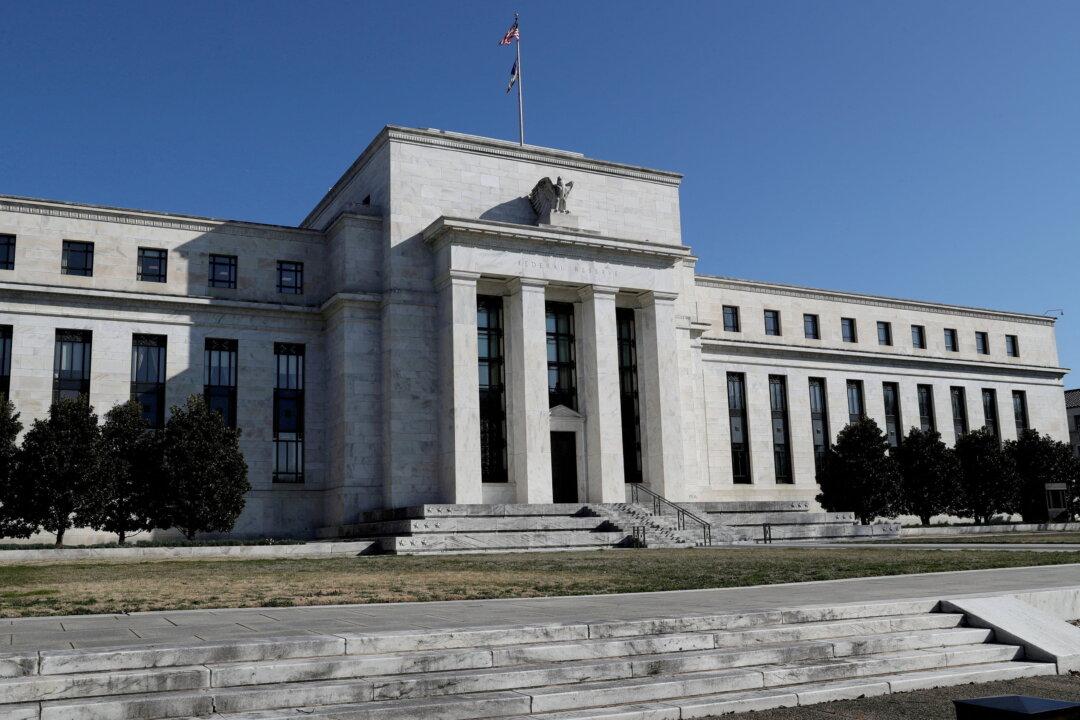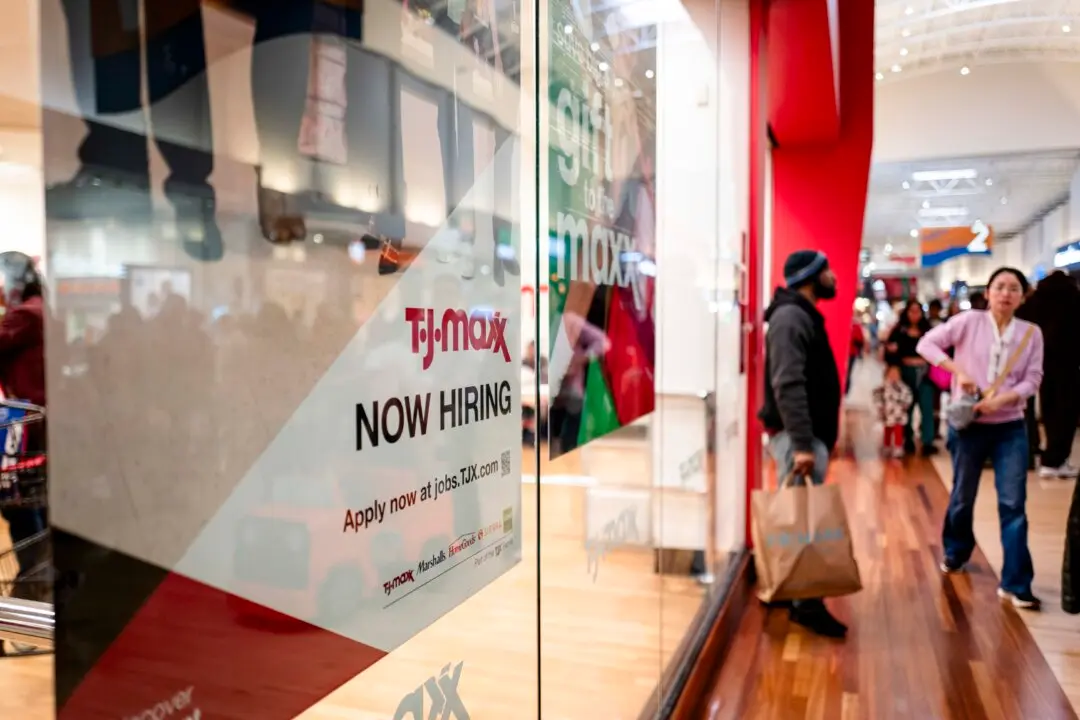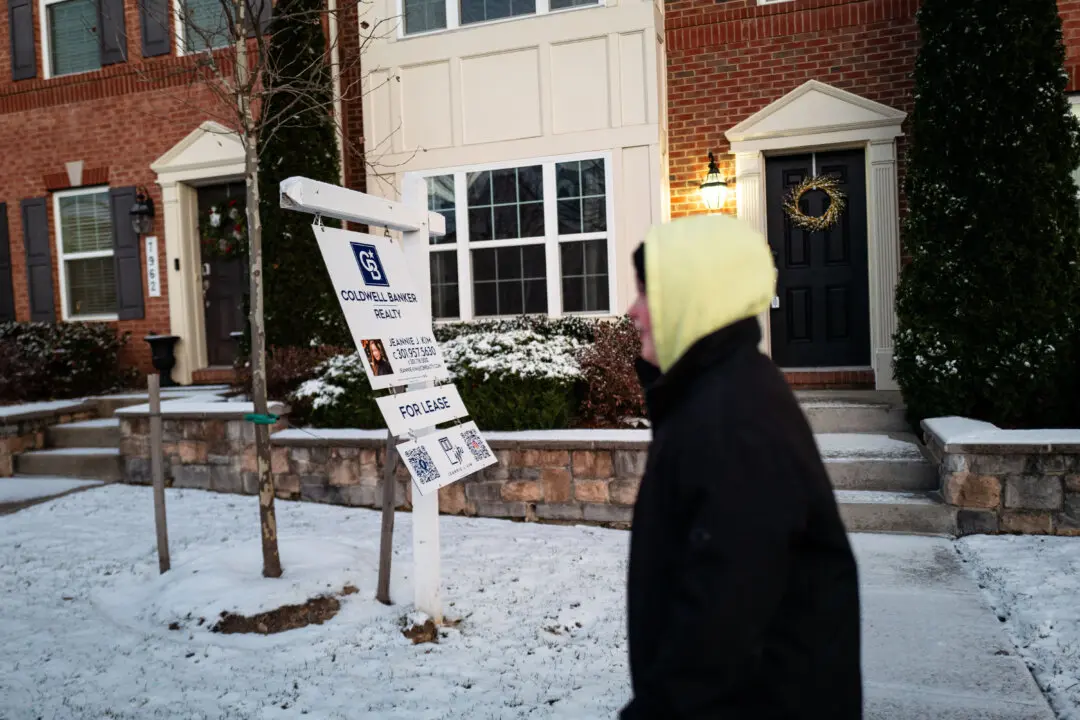The next Federal Open Market Committee (FOMC) policy meeting is more than a month away, but U.S. central bank officials are providing insights into the Federal Reserve’s plans, inflation, and the broader economy.
The message from multiple officials on Aug. 3 was that while a recession is a risk, slashing inflation to its pre-pandemic level is the chief priority for the Fed.





